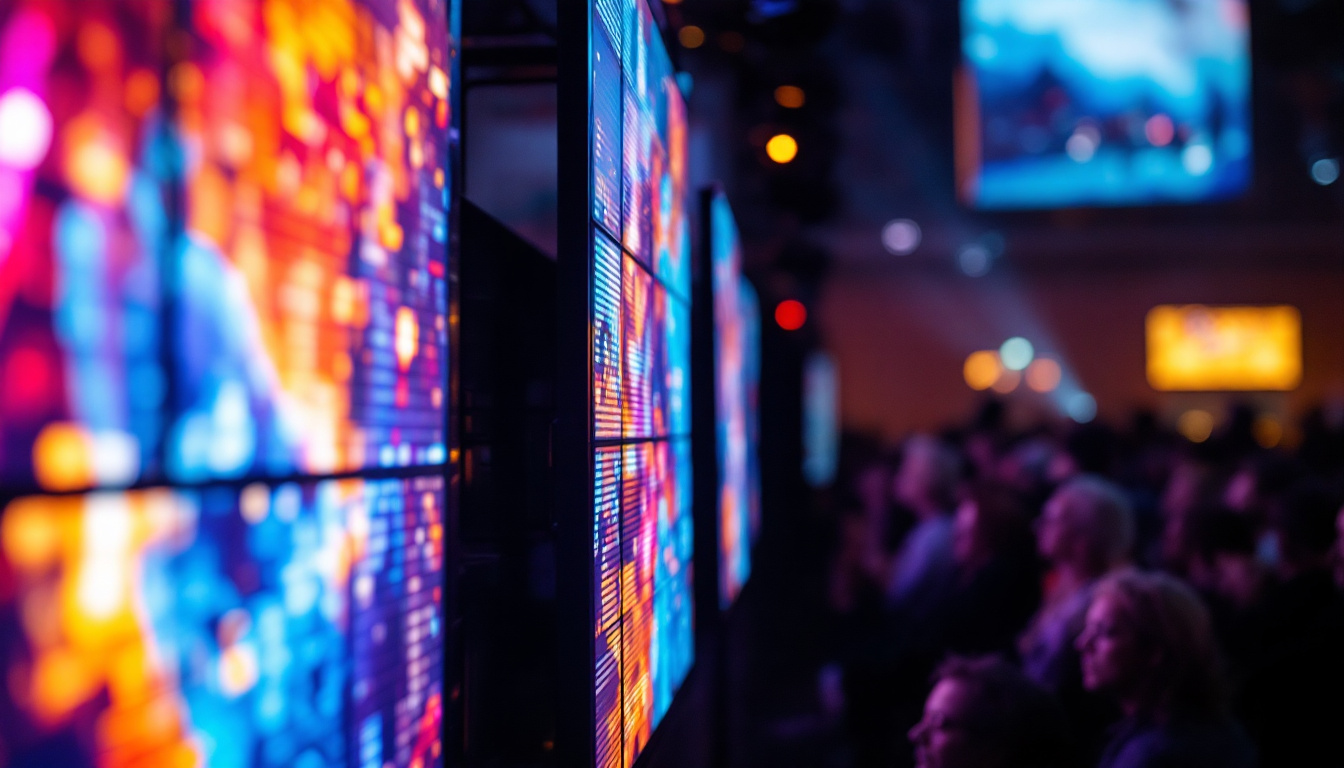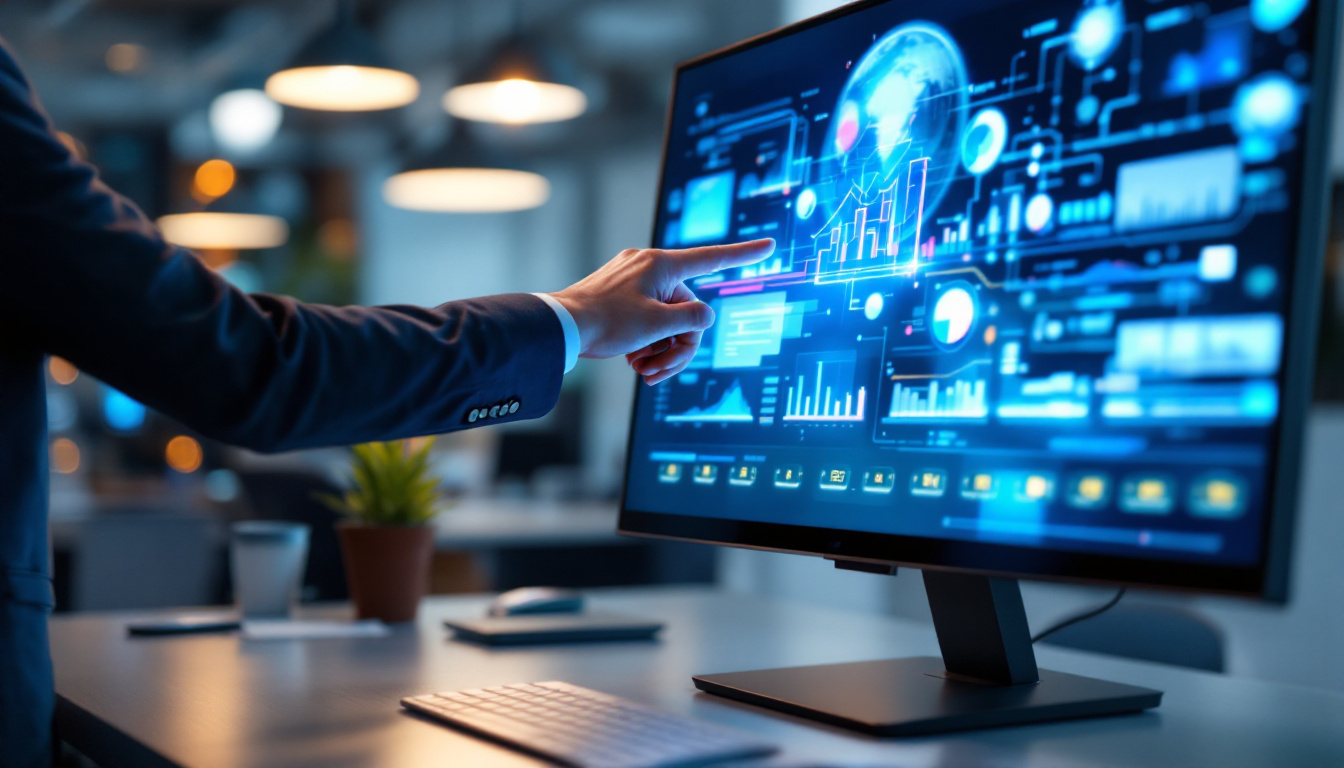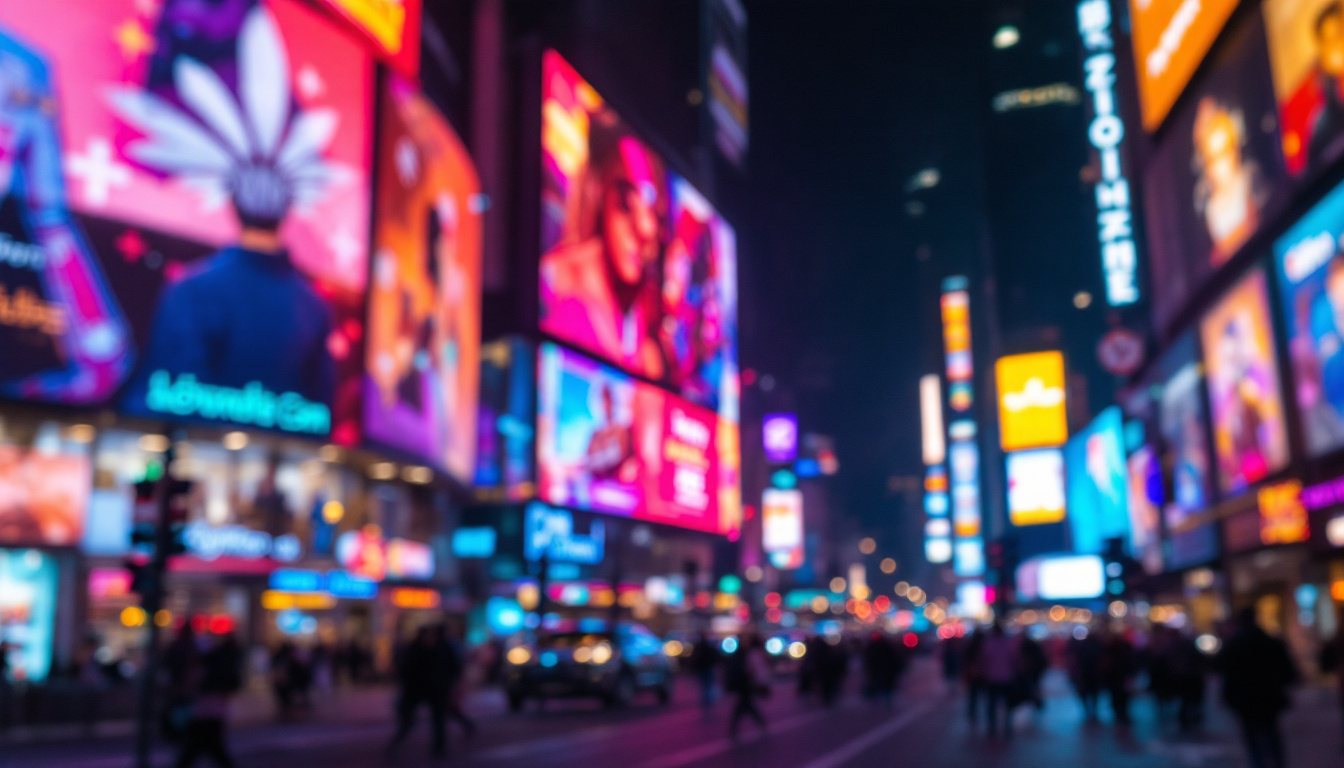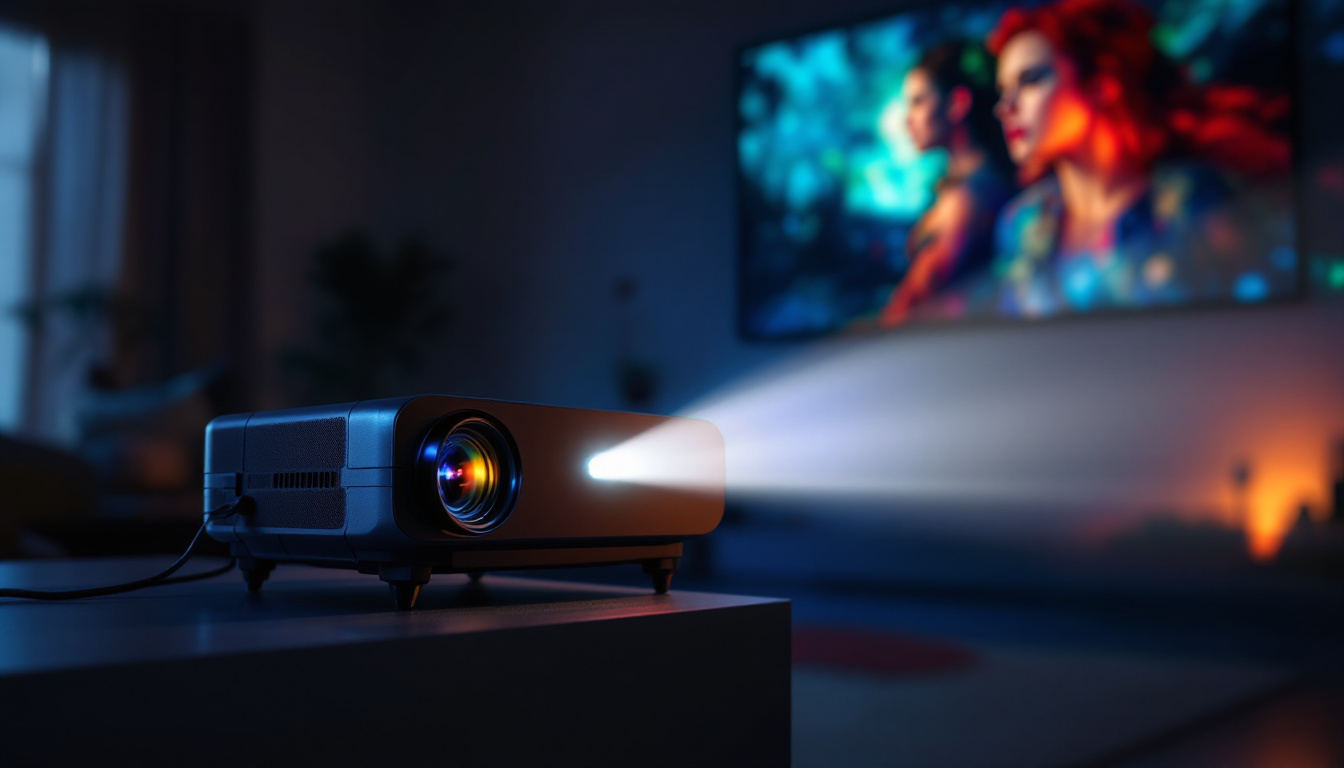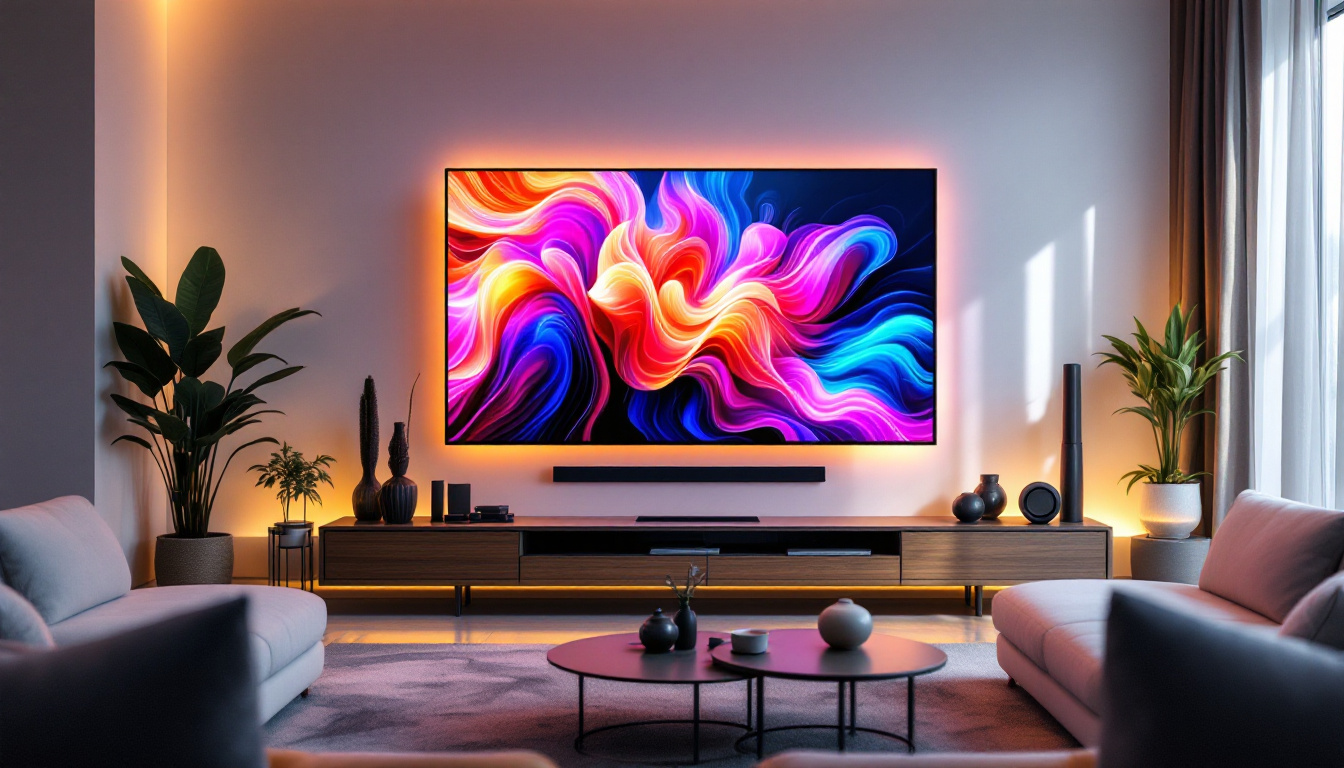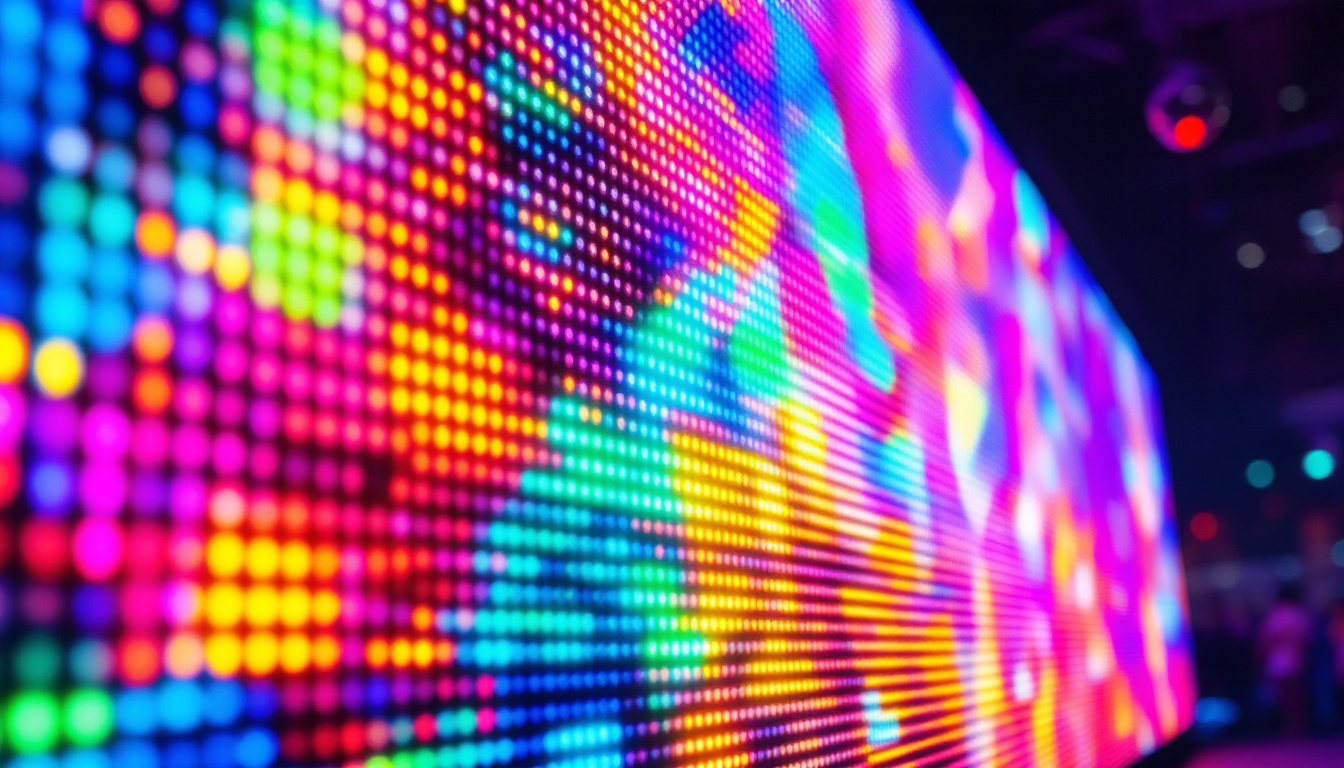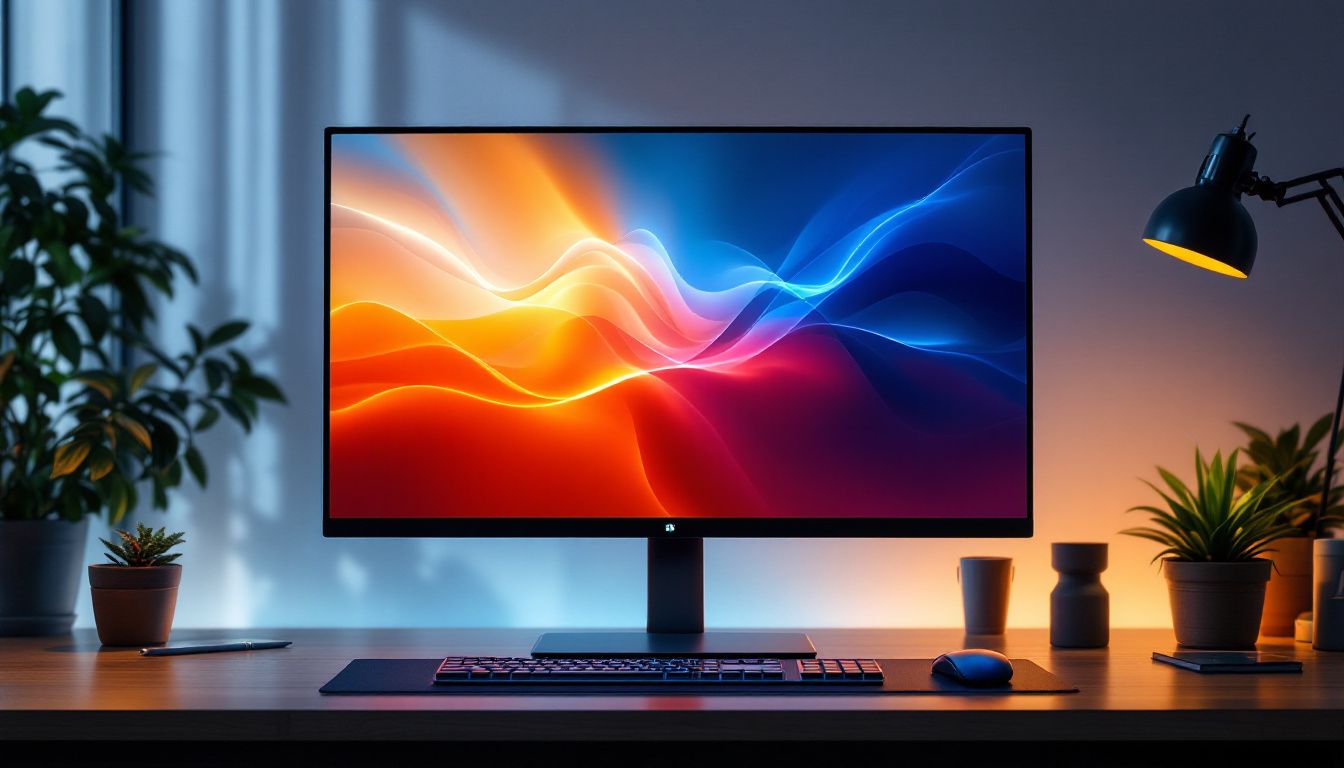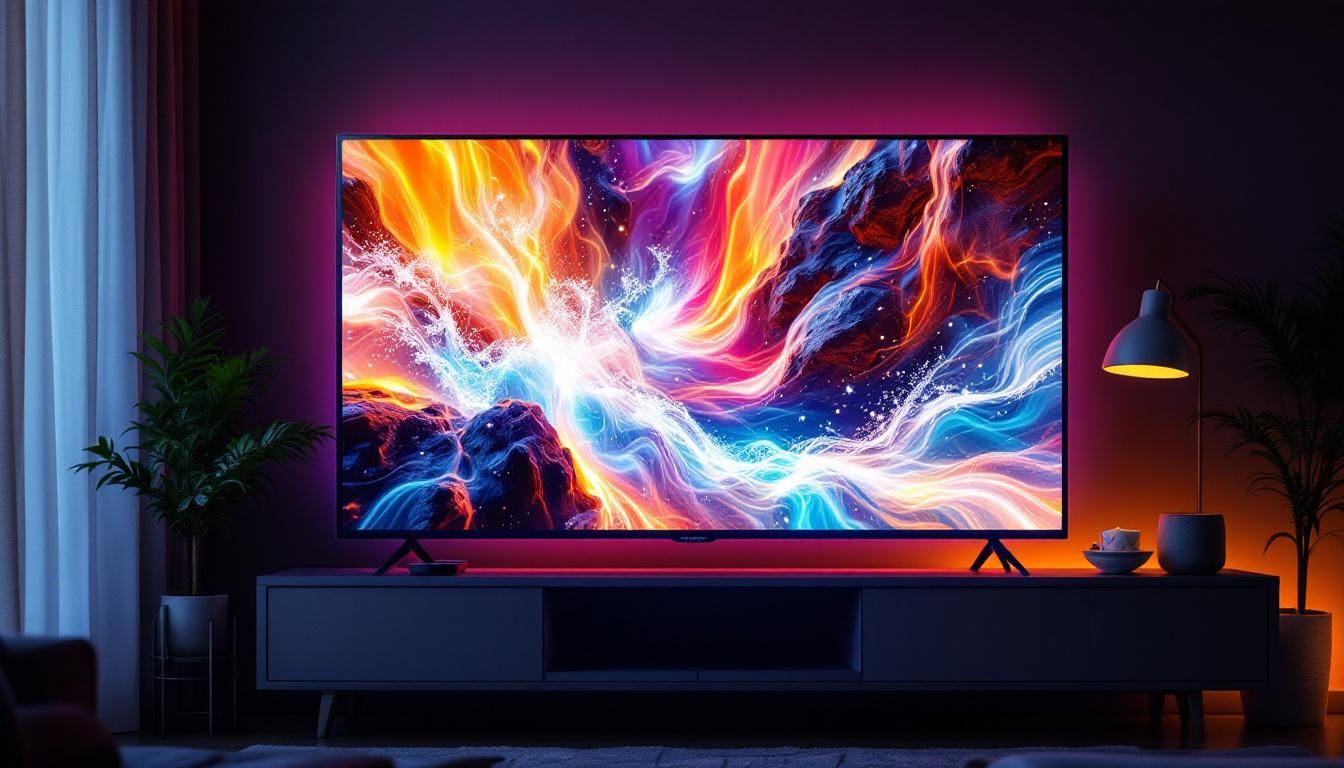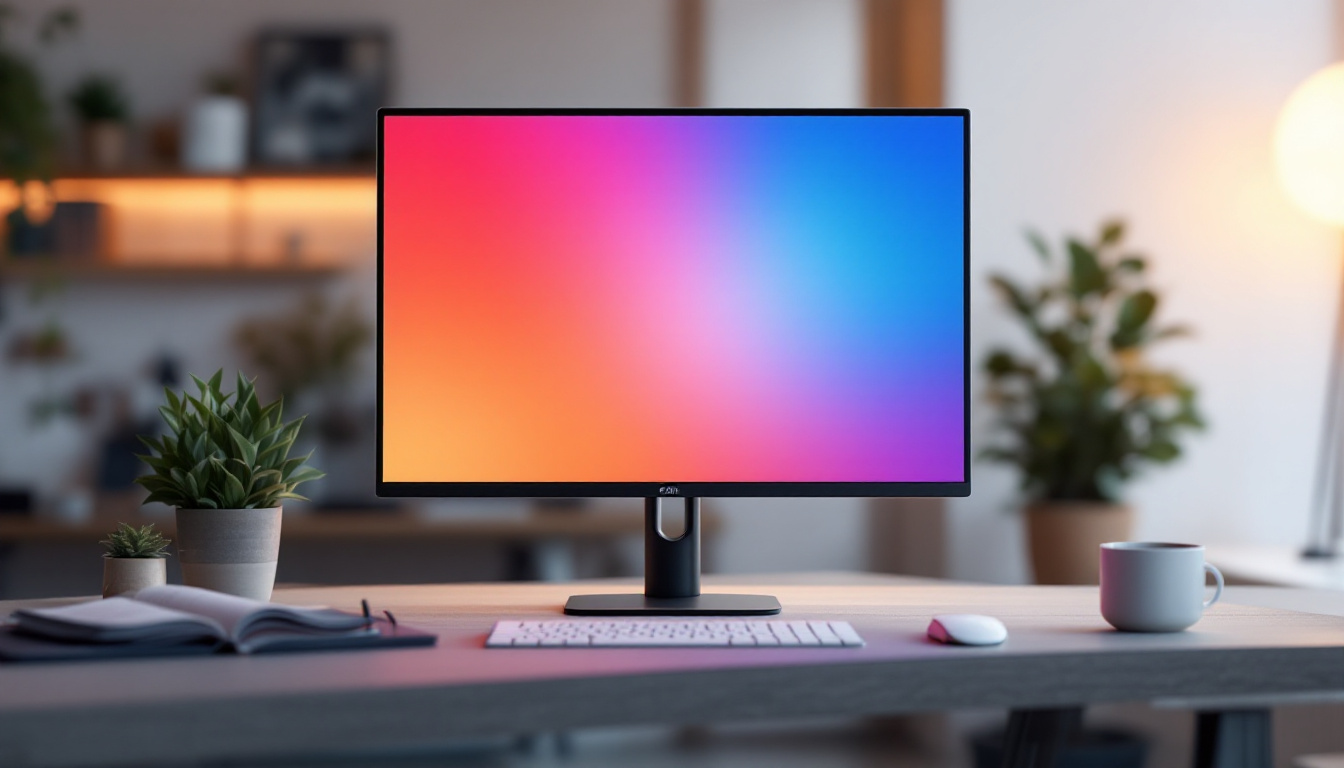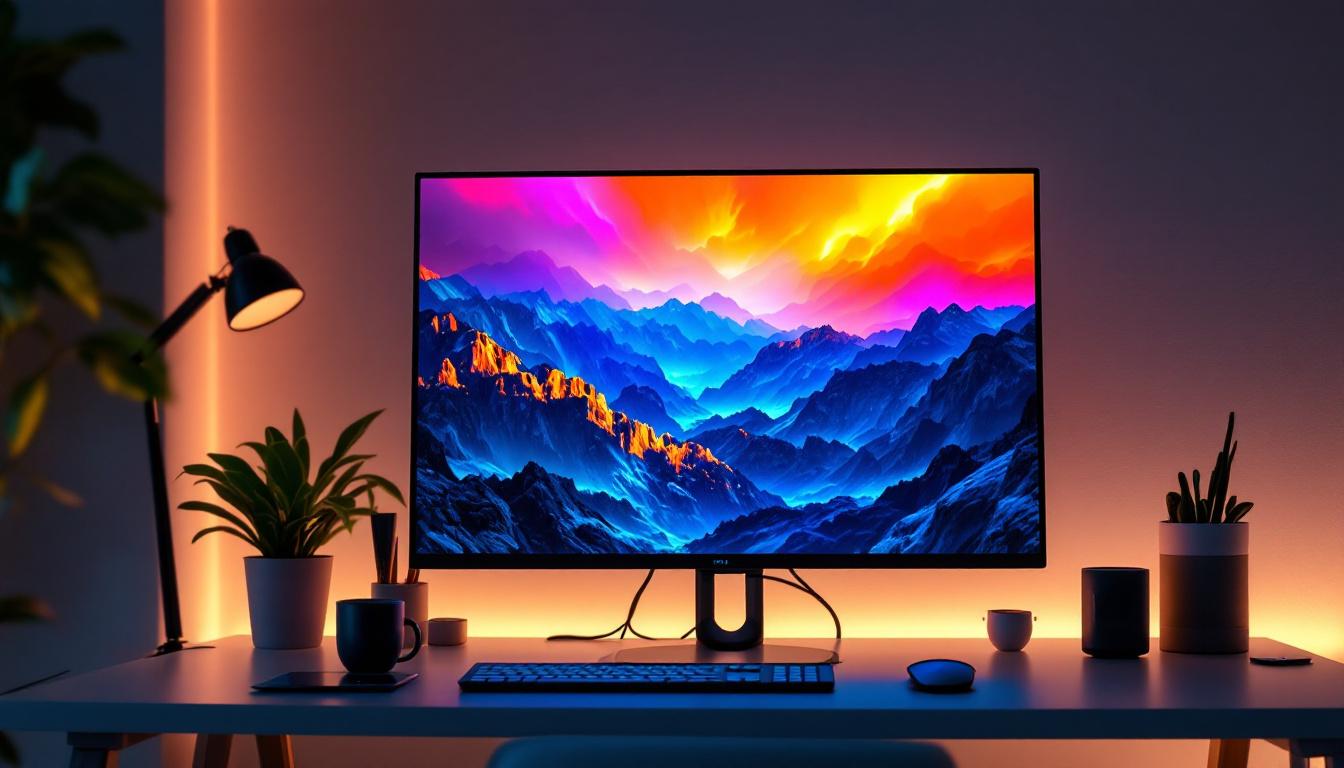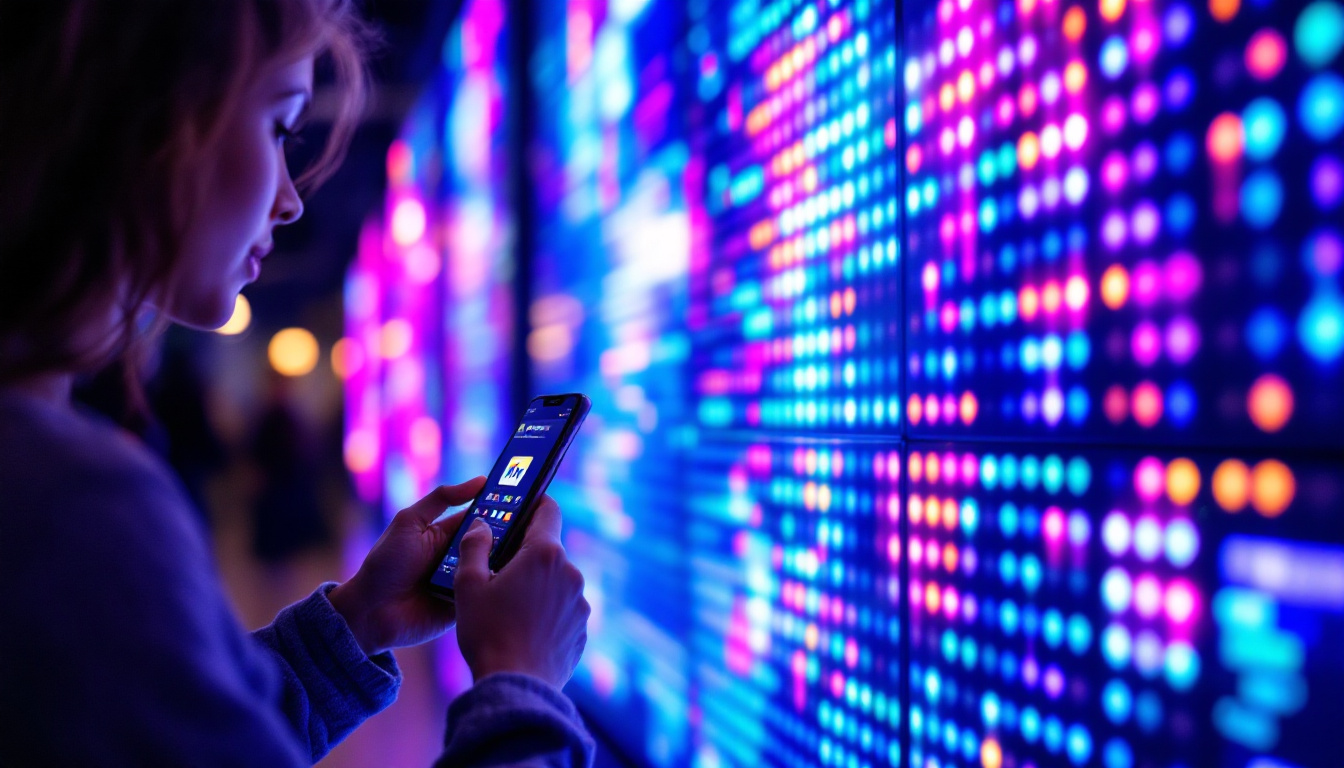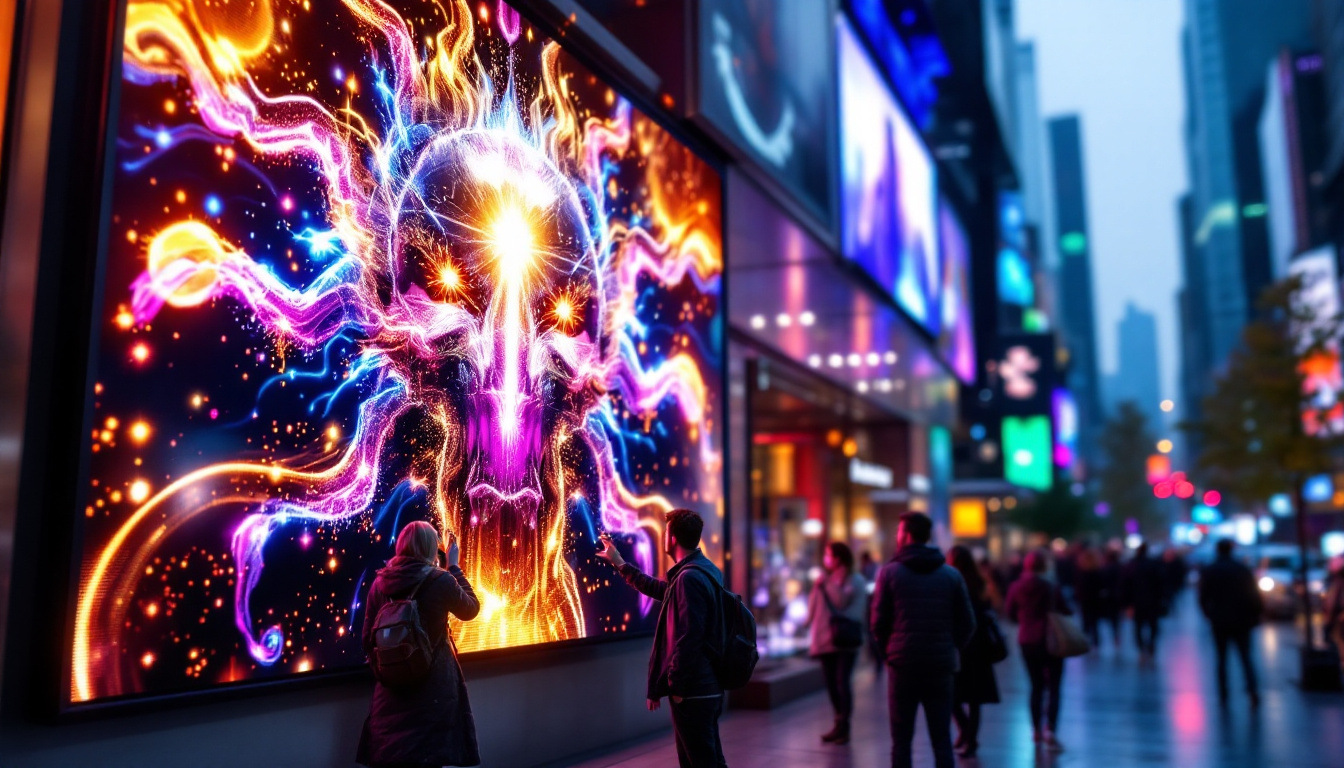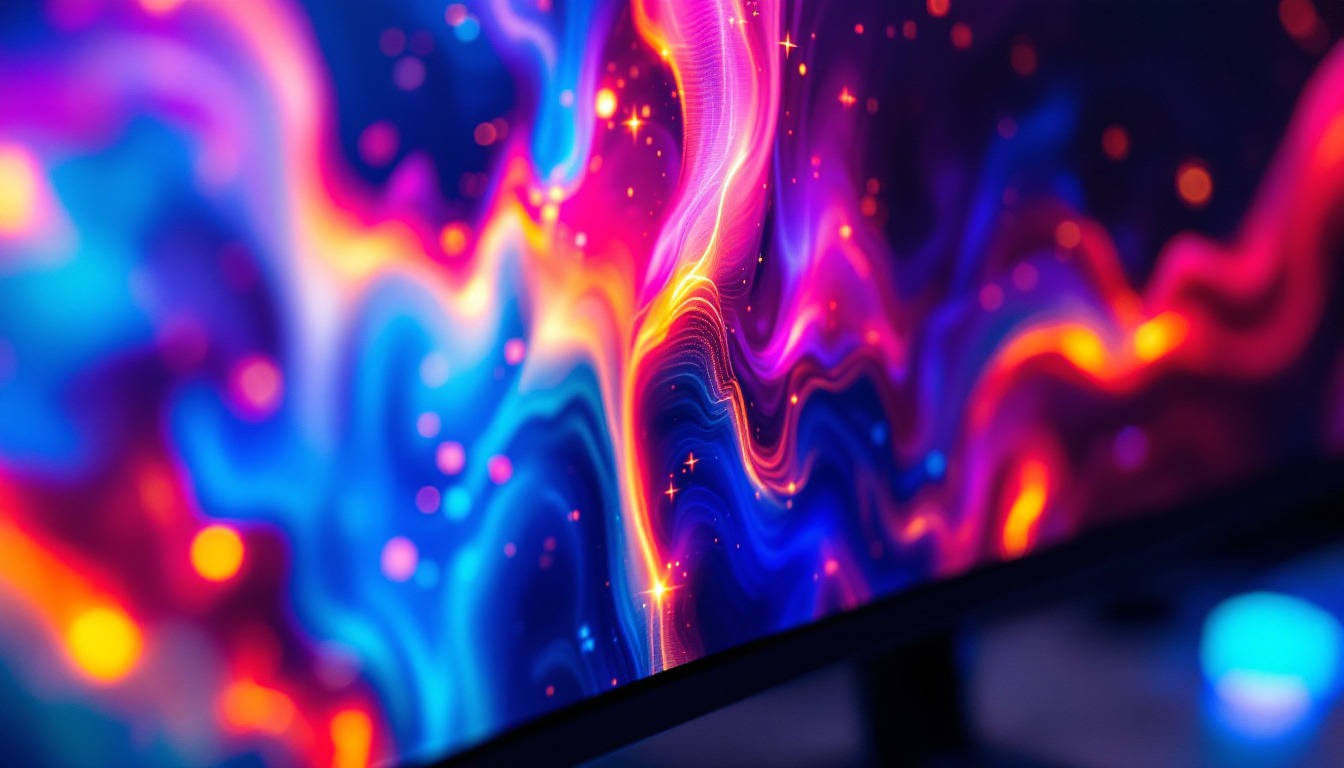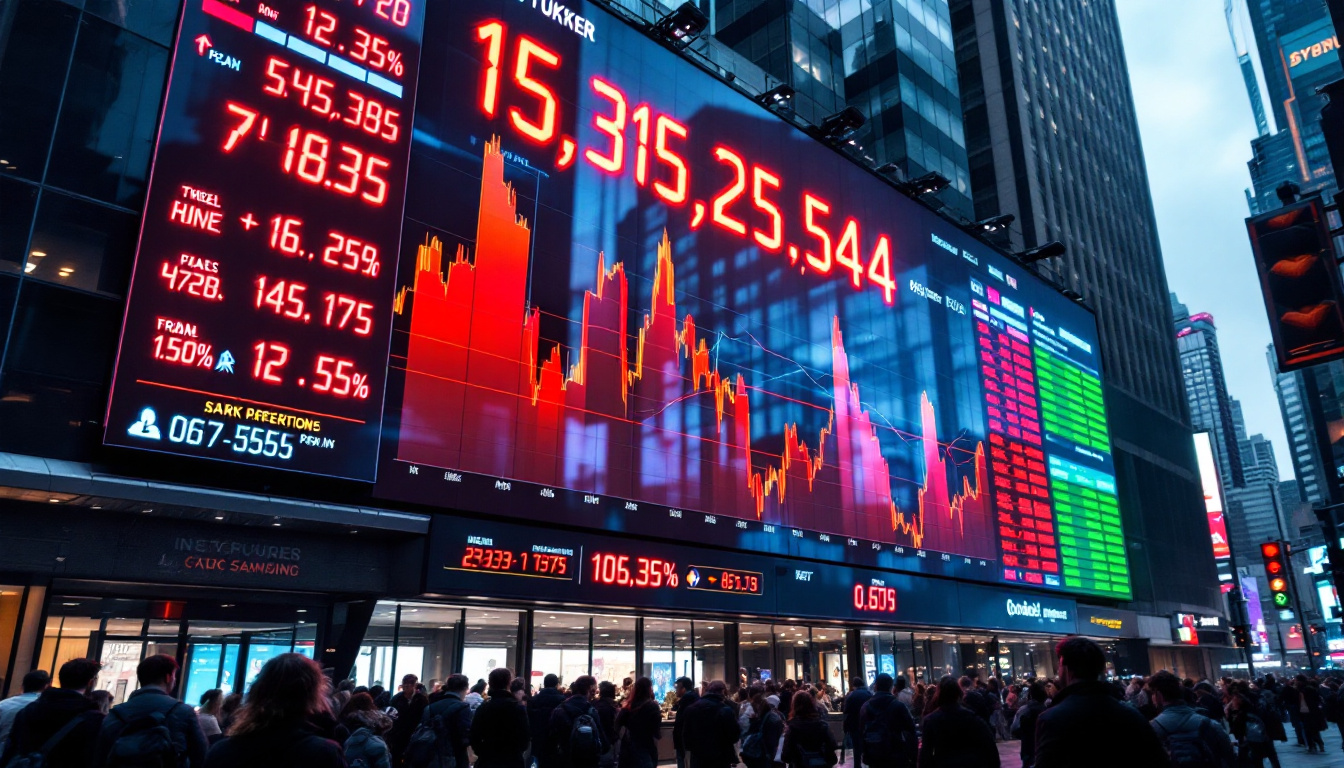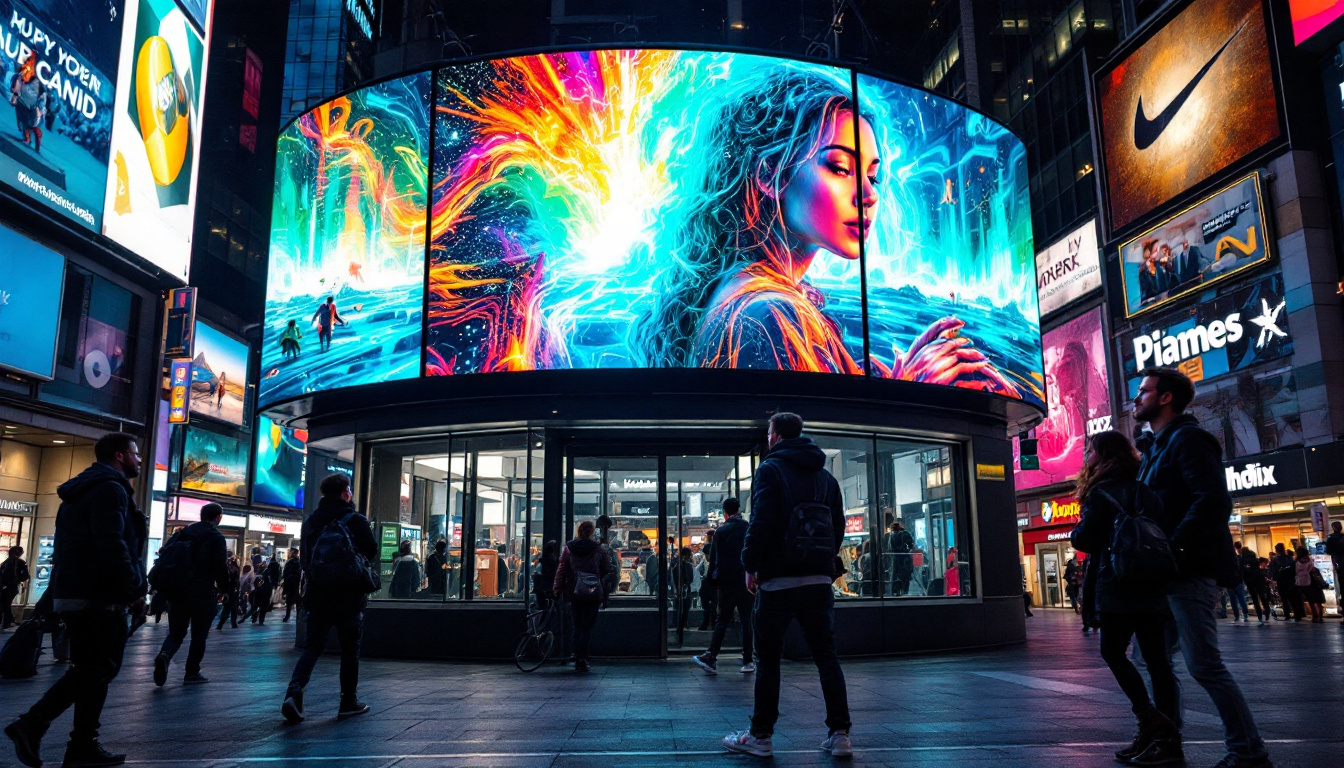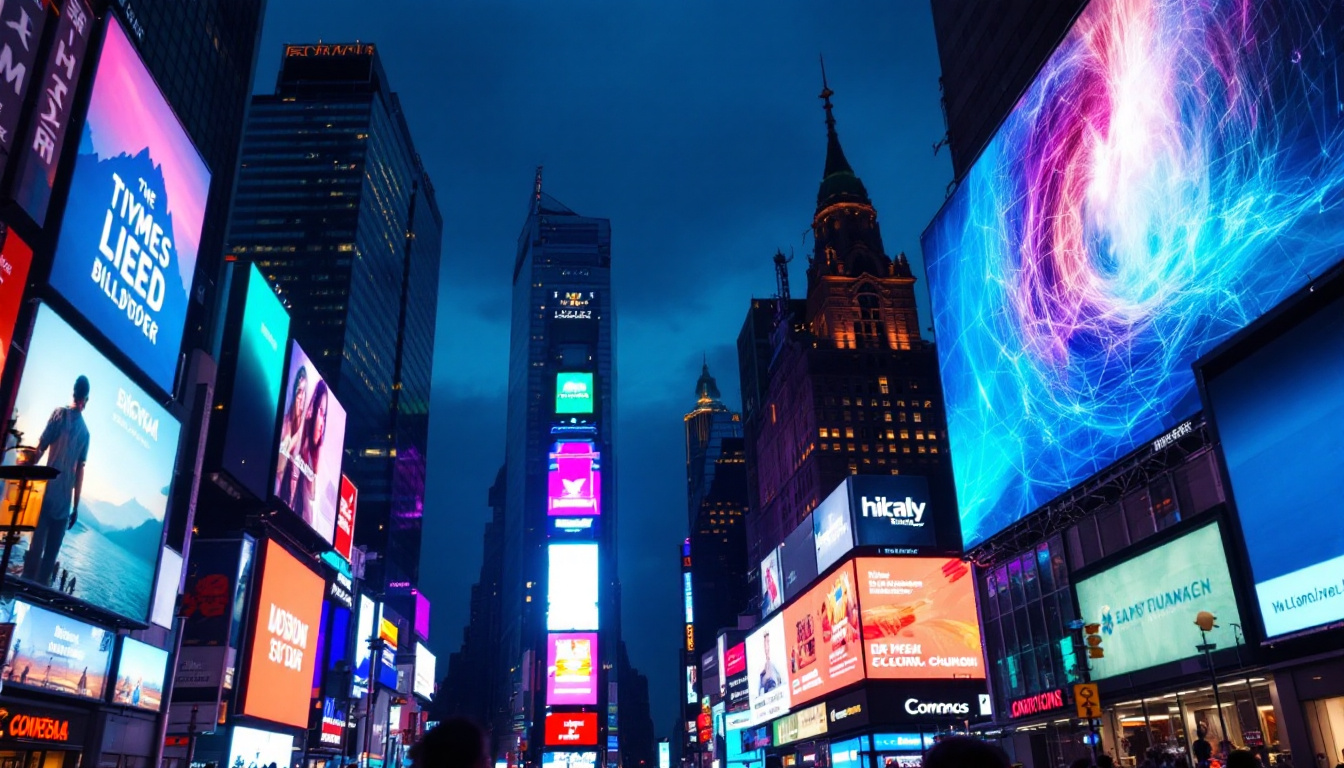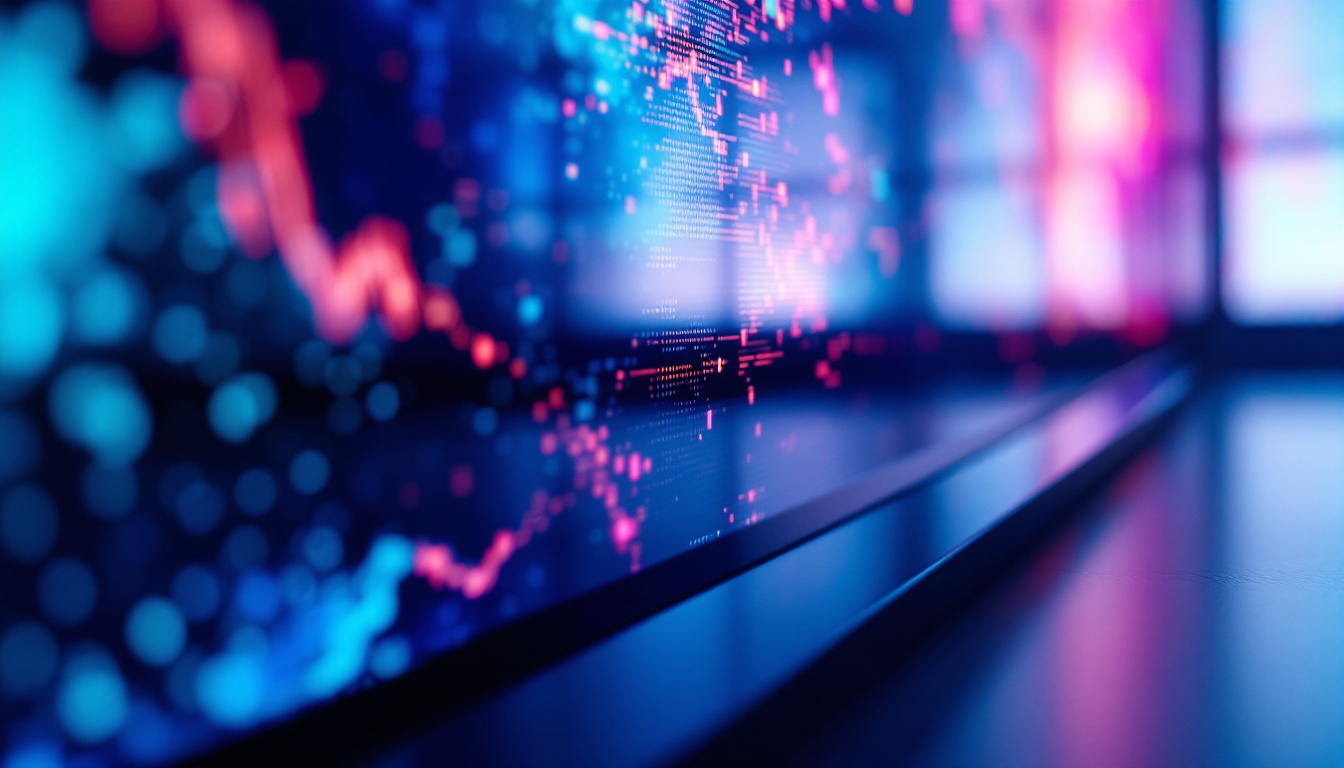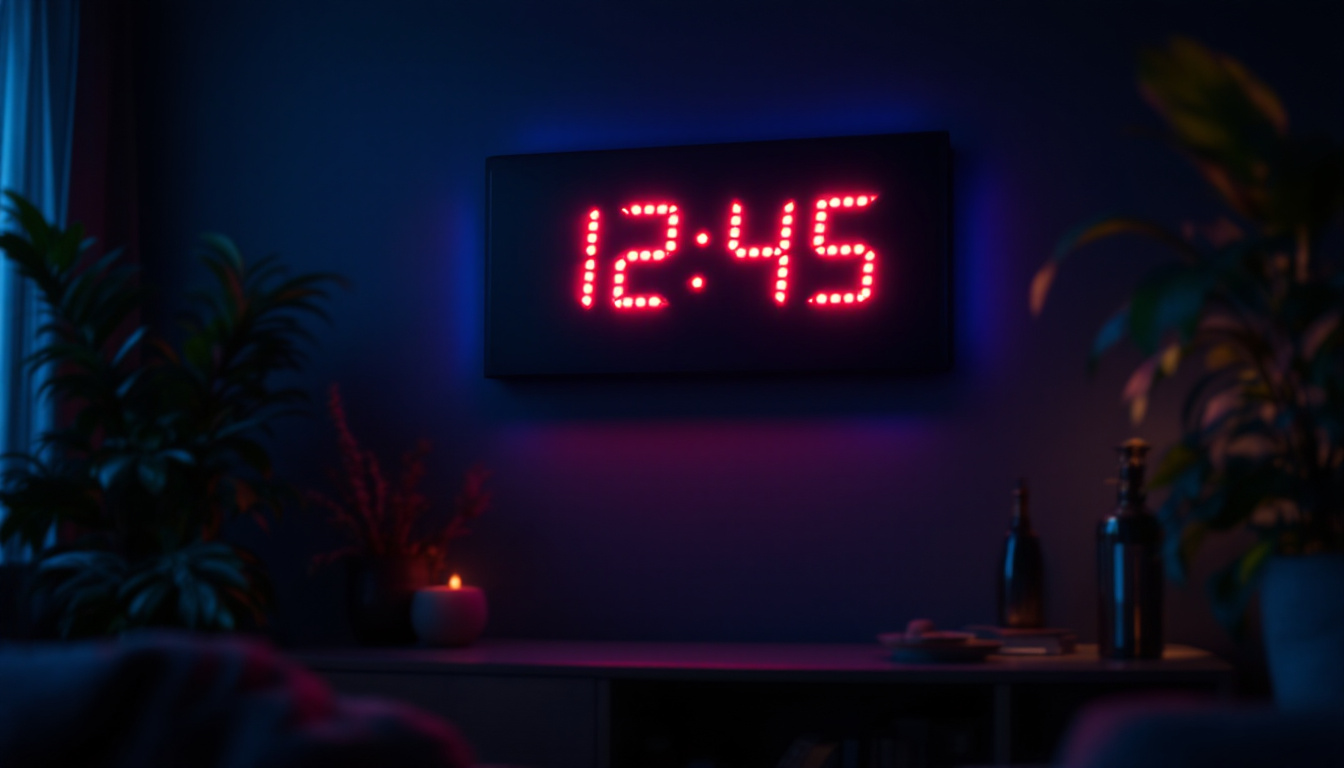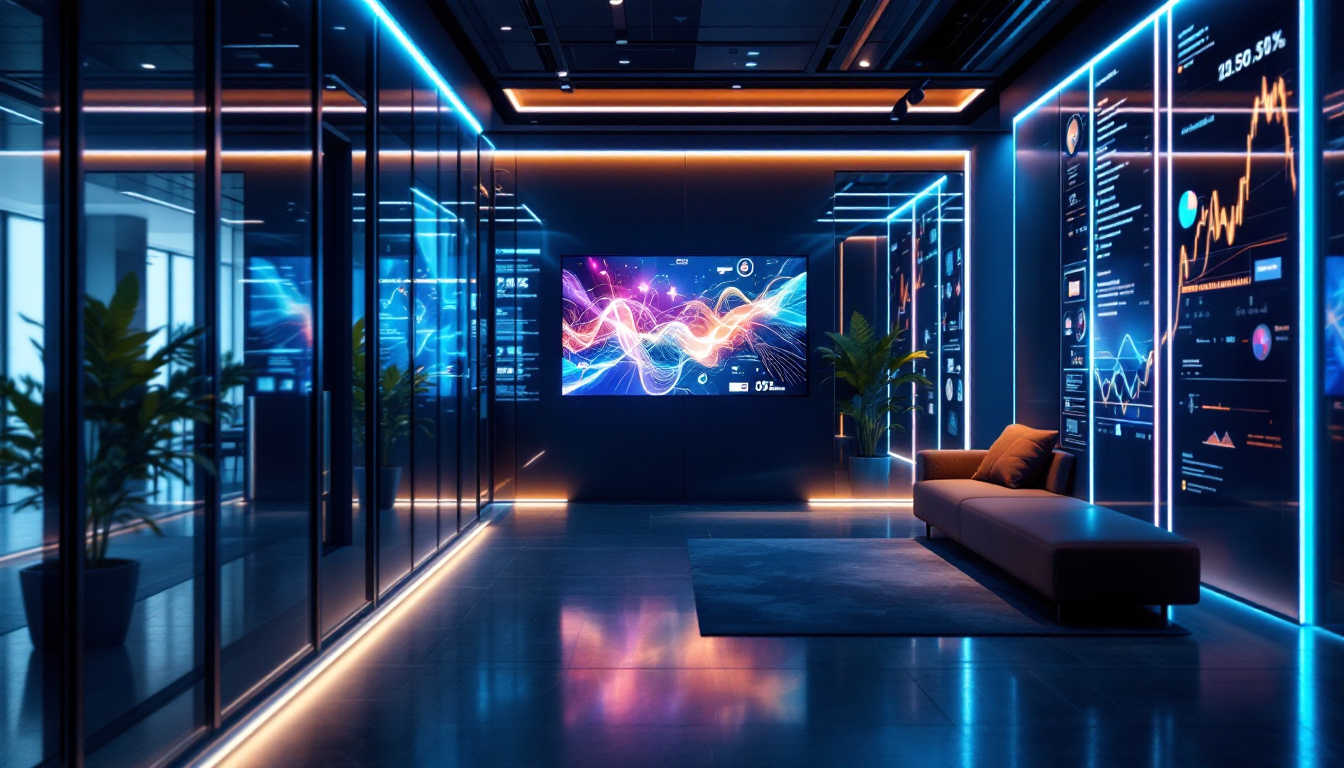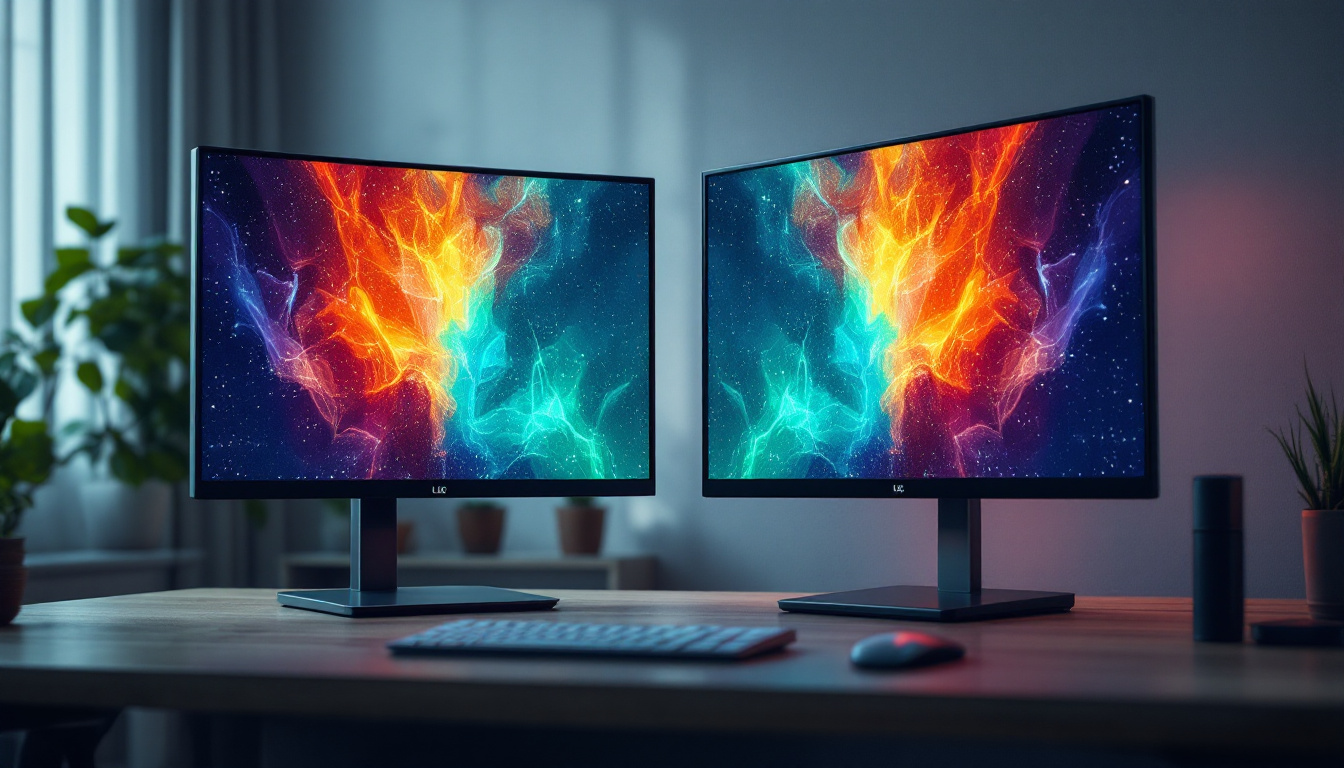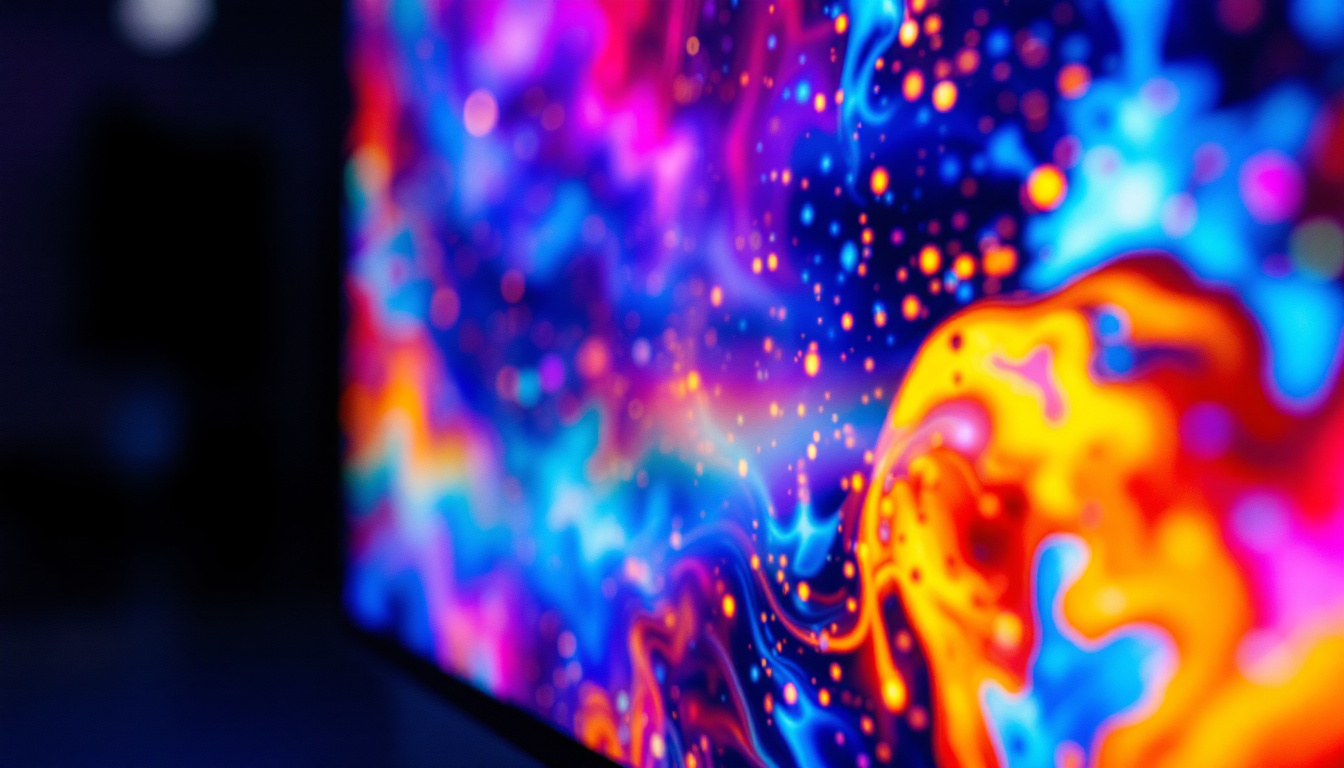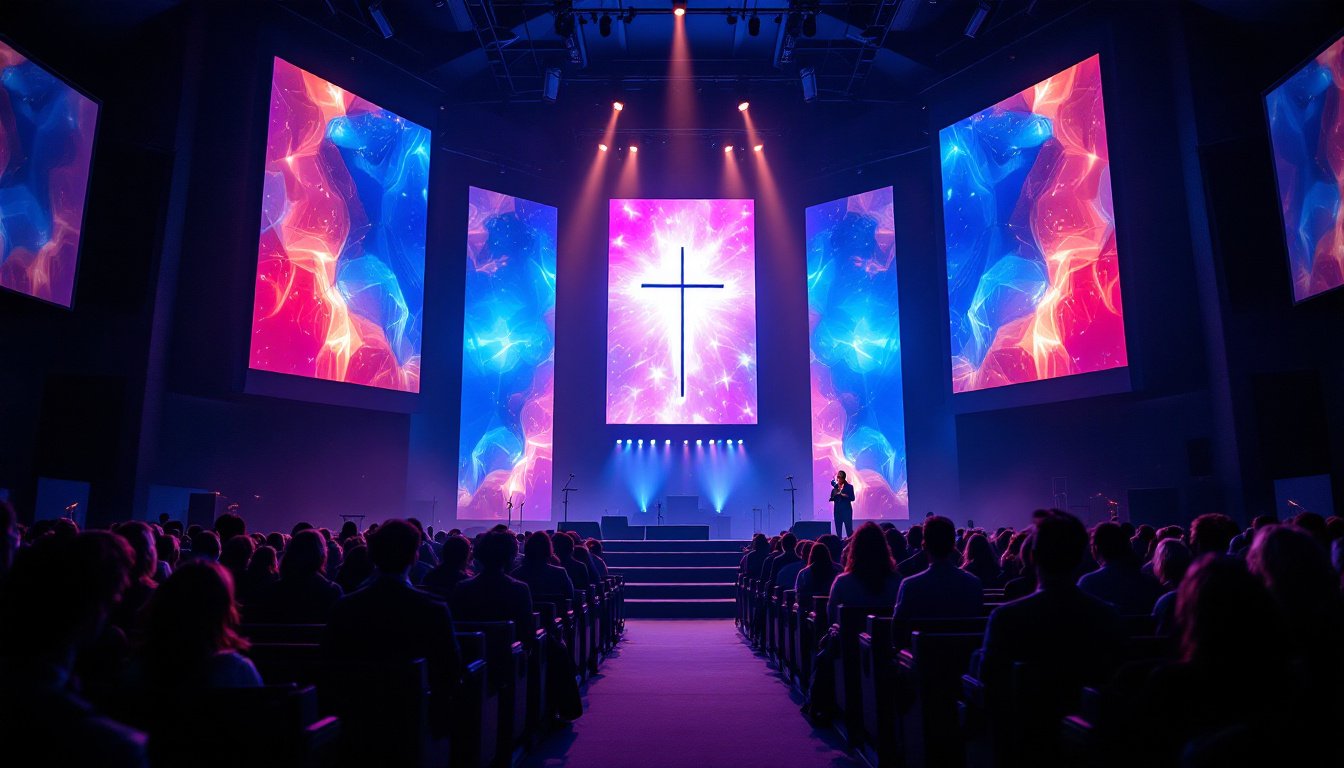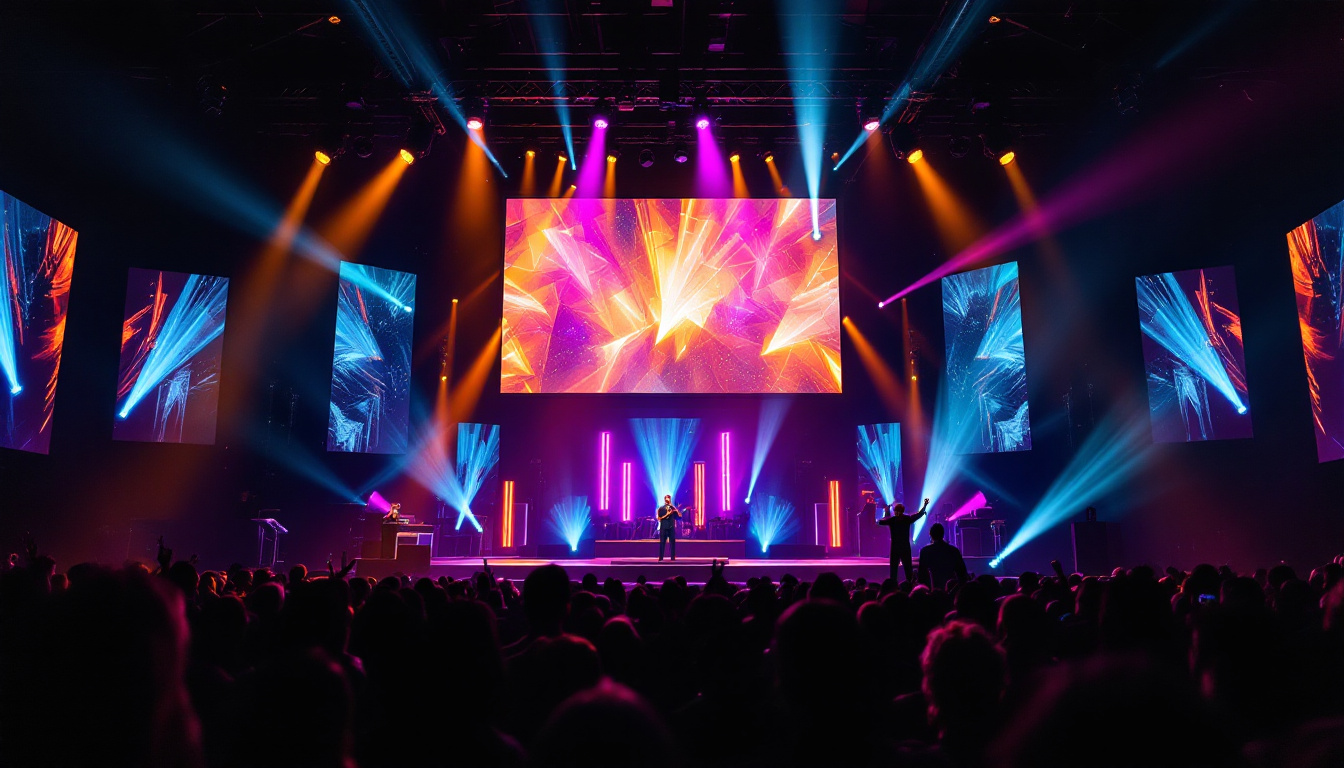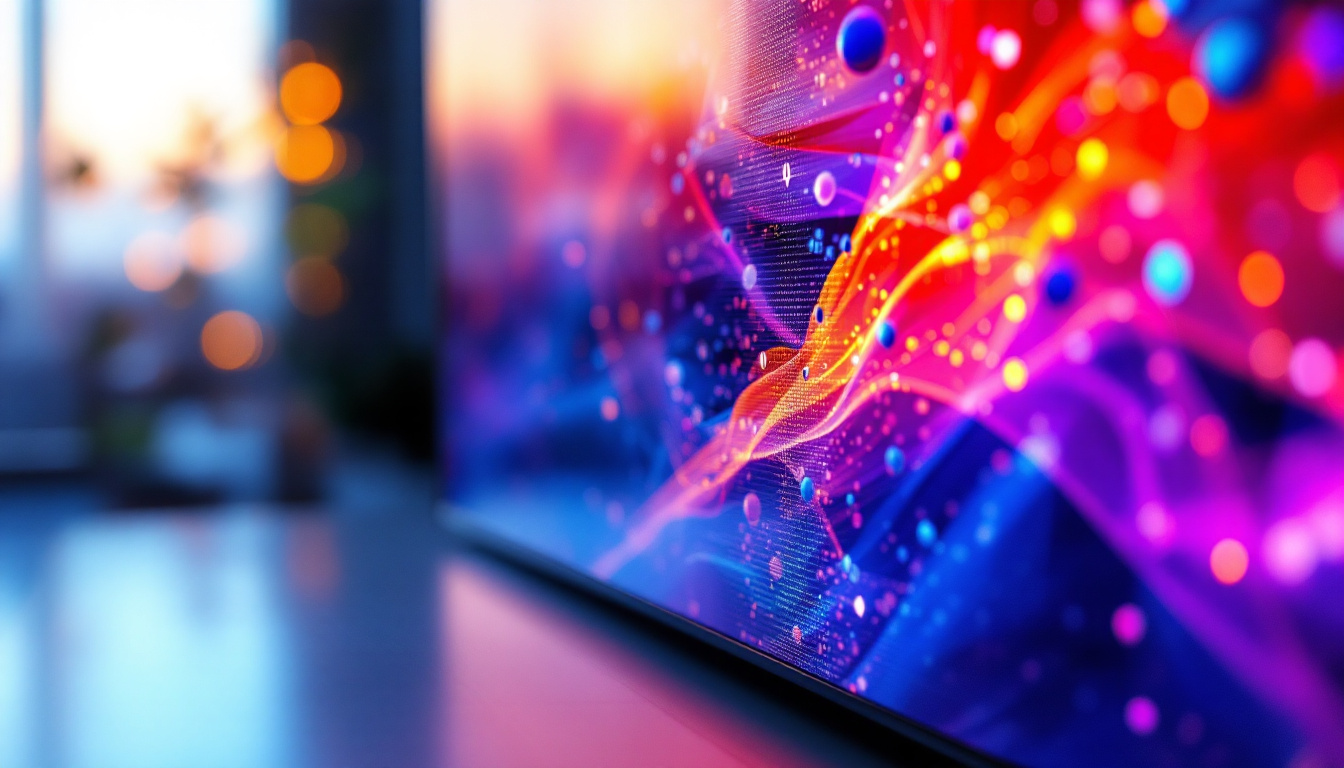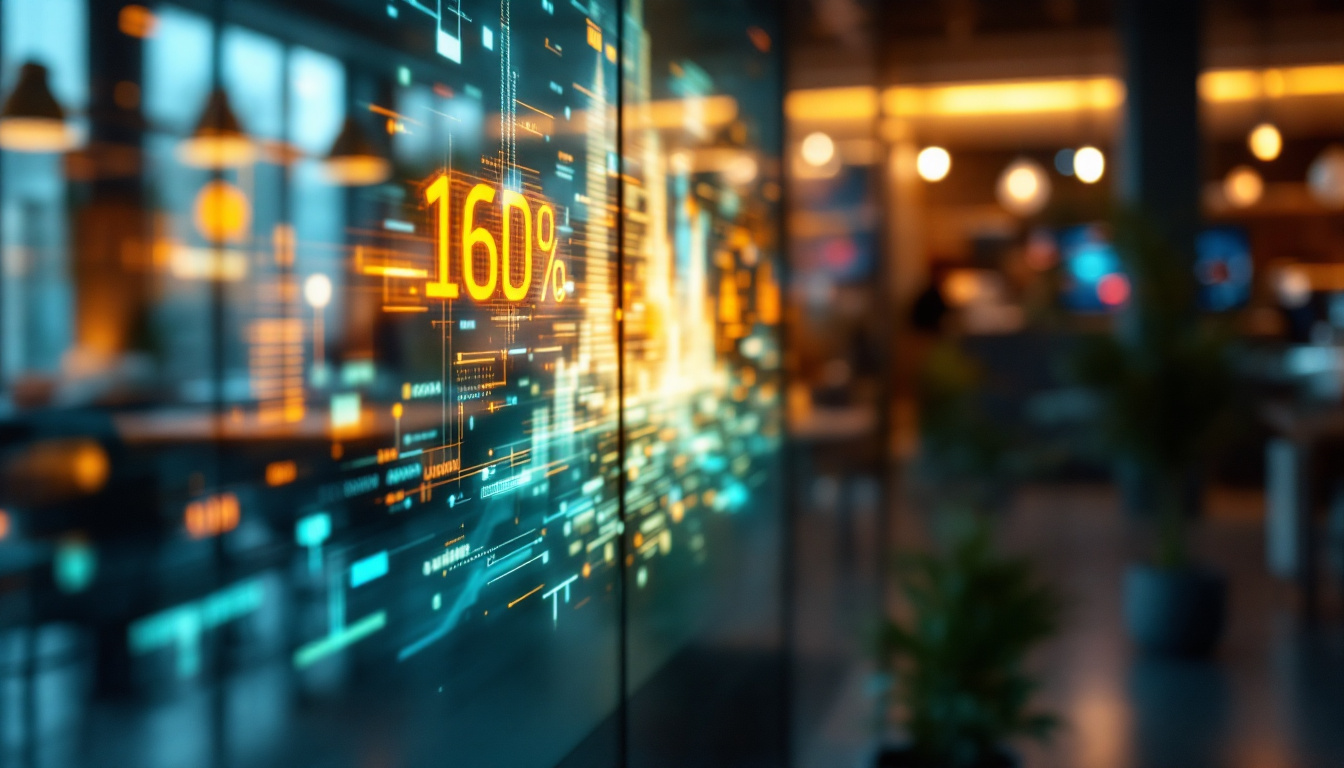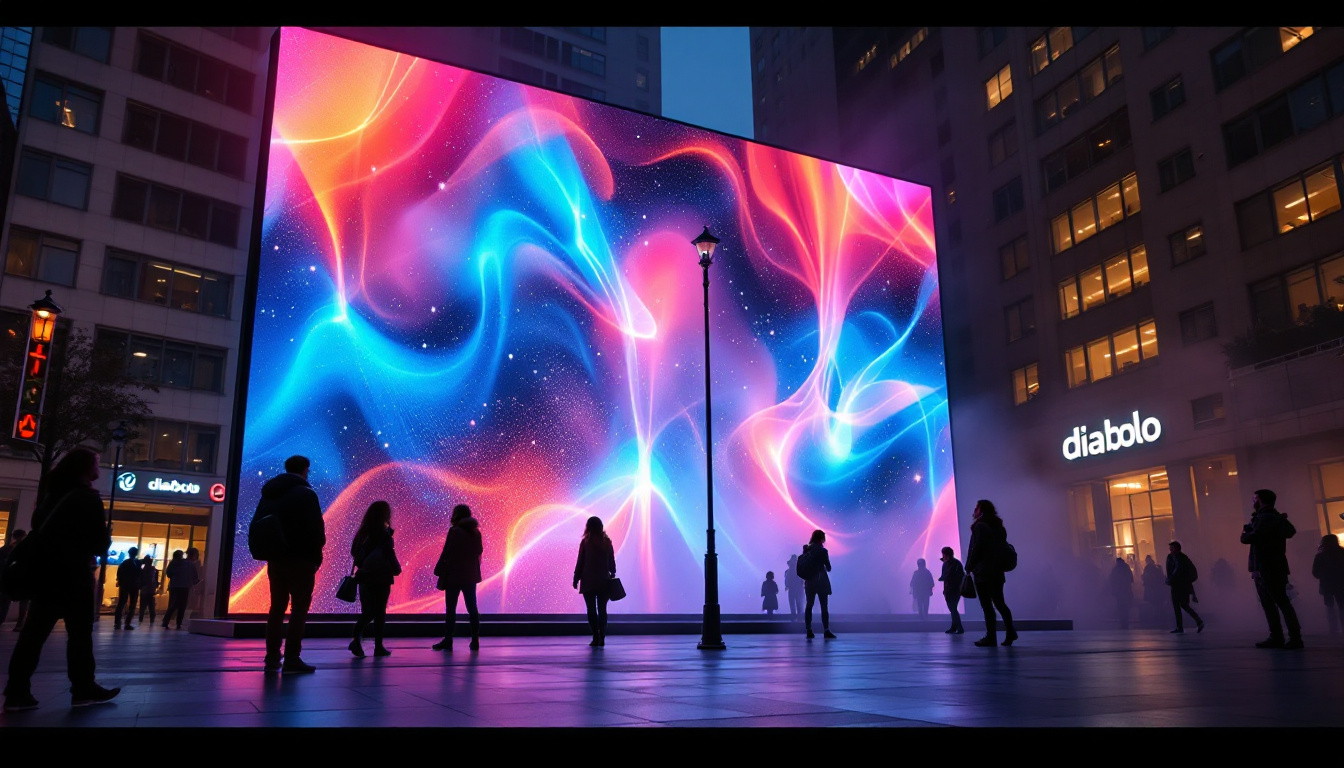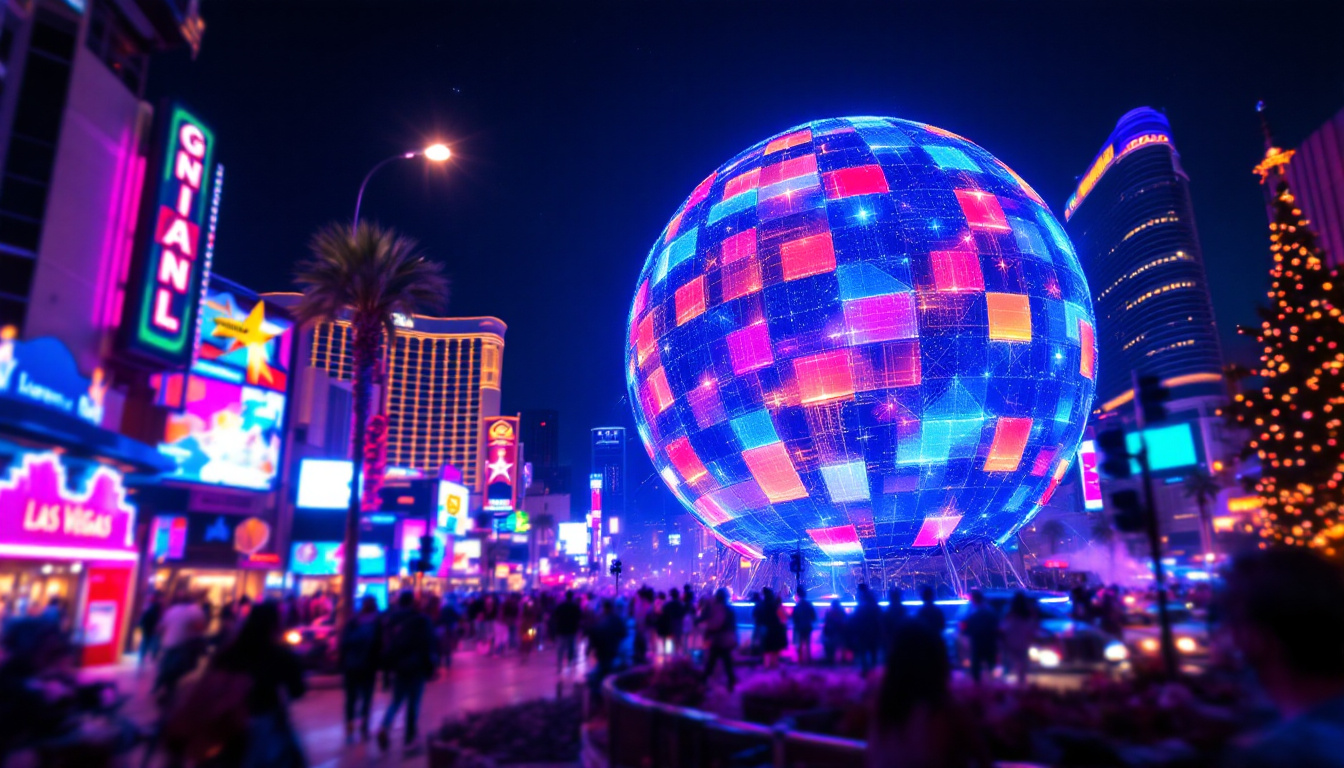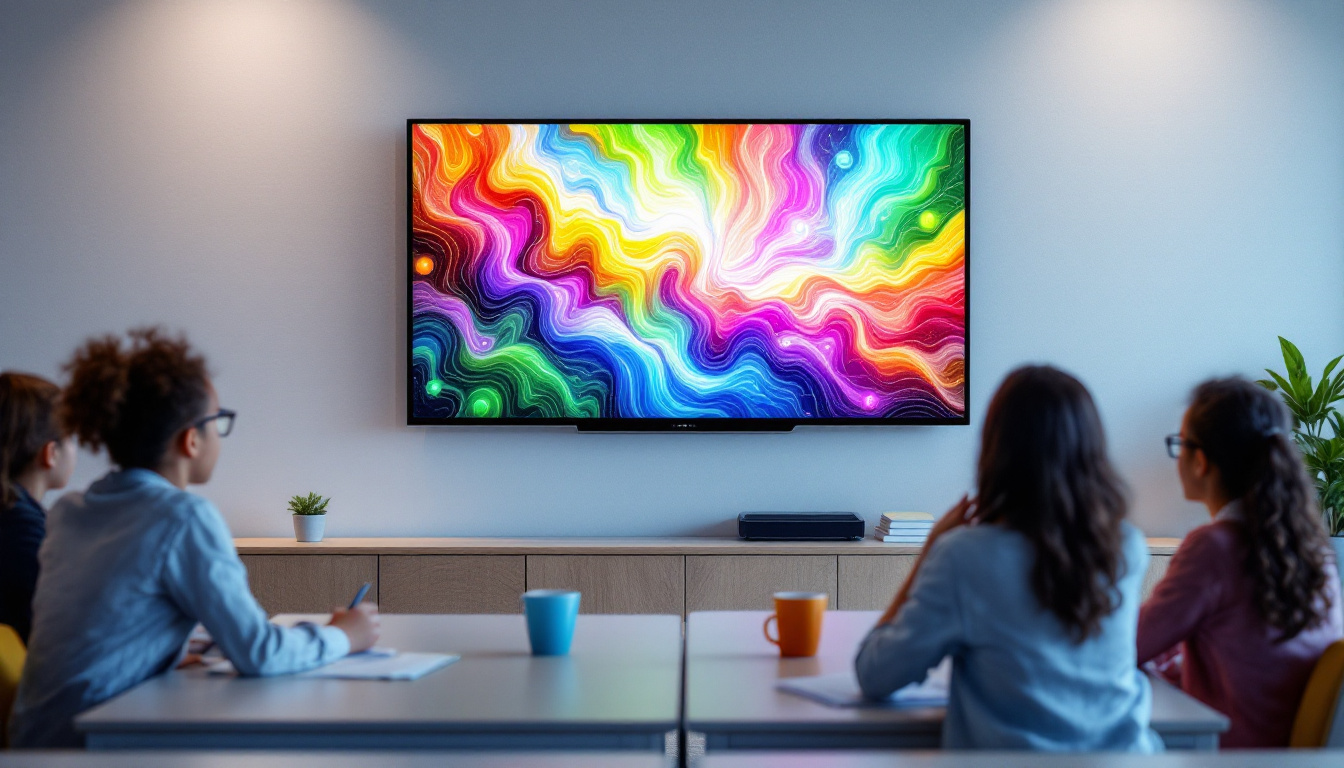In today’s fast-paced digital world, the demand for high-quality visual displays has surged. One of the most popular solutions for events, advertising, and presentations is the LED screen. Renting LED screens has become a common practice for businesses and individuals looking to make a significant impact without the hefty investment of purchasing their own equipment. This article delves into the intricacies of LED displays, their benefits, and why renting them can be a smart choice.
Understanding LED Technology
LED, or Light Emitting Diode, technology has revolutionized the way visual content is displayed. Unlike traditional LCD or projection screens, LED screens offer superior brightness, contrast, and color accuracy. This technology utilizes tiny diodes that emit light when an electric current passes through them, resulting in vibrant images and videos that can be seen even in bright daylight. The efficiency of LED technology not only enhances visual experiences but also contributes to energy savings, making it an eco-friendly choice for both consumers and businesses alike.
Moreover, the longevity of LED displays is another significant advantage. With a lifespan that can exceed 50,000 hours, LED screens reduce the need for frequent replacements, thereby minimizing waste and maintenance costs. This durability is particularly beneficial in commercial settings where displays are in constant use, such as in retail stores and public transportation hubs. As technology continues to advance, we can expect even more innovations in LED applications, further solidifying its role in modern visual communication.
The Components of an LED Screen
LED screens consist of several key components that work together to produce high-quality visuals. The primary elements include:
- LED Modules: These are the building blocks of an LED screen, containing clusters of diodes that create the visual output. The arrangement and density of these modules can vary, influencing the resolution and clarity of the displayed images.
- Control System: This system manages the display’s content, ensuring that images and videos are rendered correctly. Advanced control systems can also facilitate real-time updates and remote management, allowing operators to change content on-the-fly.
- Power Supply: A reliable power source is crucial for maintaining the brightness and performance of the screen. Modern LED displays often incorporate intelligent power management systems that optimize energy consumption based on the content being displayed.
Types of LED Displays
There are various types of LED displays available, each designed for specific applications:
- Indoor LED Displays: These are typically used for events, concerts, and exhibitions where the viewing distance is shorter. They are designed to provide high resolution and vibrant colors that captivate audiences in close proximity.
- Outdoor LED Displays: Built to withstand harsh weather conditions, these screens are ideal for billboards and large-scale events. They often feature protective coatings and enhanced brightness levels to ensure visibility even in direct sunlight.
- Transparent LED Displays: These innovative screens allow visibility through the display while showcasing content, making them perfect for retail environments. They create a unique visual experience that can attract customers while maintaining the aesthetic appeal of the space.
In addition to these common types, there are also specialized LED displays, such as flexible LED screens that can be curved or shaped to fit unique spaces, and interactive LED displays that engage users through touch or motion sensors. The versatility of LED technology continues to inspire creativity in design and application, pushing the boundaries of how we interact with visual media in our everyday lives.
The Advantages of Renting LED Screens
Renting LED screens offers numerous benefits that can enhance any event or marketing campaign. Here are some of the most compelling reasons to consider this option:
Cost-Effectiveness
Purchasing high-quality LED screens can be a significant financial burden, especially for businesses that may only require them for a limited time. Renting allows organizations to access the latest technology without the upfront costs associated with buying. This can free up capital for other essential areas of the business.
Flexibility and Variety
When renting LED screens, clients have access to a wide range of options. Whether it’s a small indoor display for a conference or a massive outdoor screen for a festival, the rental market offers flexibility to suit any need. Additionally, technology is constantly evolving, and renting allows users to stay updated with the latest advancements without the hassle of ownership.
Technical Support and Maintenance
One of the significant advantages of renting is the inclusion of technical support. Rental companies typically provide setup, maintenance, and troubleshooting services, ensuring that everything runs smoothly during the event. This level of support can alleviate stress and allow clients to focus on their core objectives.
Choosing the Right LED Screen Rental Company
Selecting the right rental company is crucial for ensuring a successful event. Here are some factors to consider when making this decision:
Reputation and Experience
Researching the reputation of rental companies is essential. Look for reviews, testimonials, and case studies that highlight their experience in the industry. A reputable company will have a proven track record of delivering quality products and services.
Product Range and Quality
Not all LED screens are created equal. Ensure that the rental company offers a variety of screens that meet your specific needs. Inquire about the quality of their equipment, including resolution, brightness, and durability. High-quality displays will enhance the visual experience for your audience.
Customer Service
Excellent customer service is a hallmark of a reliable rental company. From the initial inquiry to post-event support, the company should be responsive and willing to assist with any questions or concerns. A dedicated team can make the rental process seamless and enjoyable.
Applications of LED Screens
LED screens are versatile and can be utilized in various settings. Here are some common applications where they shine:
Corporate Events and Conferences
In the corporate world, presentations and branding are vital. LED screens can be used for displaying slides, videos, and live feeds, ensuring that the audience remains engaged. Their clarity and brightness make them ideal for large venues where visibility is essential.
Concerts and Live Performances
For concerts and live events, LED screens play a crucial role in enhancing the overall experience. They can display visuals that complement the performance, create immersive environments, and keep the audience captivated. The ability to create dynamic content in real-time adds an exciting element to any show.
Advertising and Marketing
Businesses utilize LED screens for advertising purposes, whether in retail spaces, trade shows, or outdoor venues. The eye-catching nature of LED displays attracts attention and can convey messages effectively. Renting screens for marketing campaigns allows businesses to adapt their strategies quickly and efficiently.
Technical Considerations When Renting LED Screens
When renting LED screens, several technical considerations need to be taken into account to ensure optimal performance:
Resolution and Pixel Pitch
The resolution of an LED screen is determined by its pixel pitch, which refers to the distance between the center of one pixel to the center of the adjacent pixel. A smaller pixel pitch results in higher resolution and better image quality, making it suitable for close viewing distances. Consider the intended use and viewing distance when selecting the appropriate resolution.
Brightness Levels
Brightness is another critical factor, especially for outdoor displays. The brightness level is measured in nits, and higher values are necessary for visibility in direct sunlight. Indoor screens typically require lower brightness levels, while outdoor screens should be capable of reaching high brightness to ensure clear visibility.
Aspect Ratio
The aspect ratio of the screen is essential for content display. Common aspect ratios include 16:9 for standard video content and 4:3 for presentations. Ensure that the chosen screen’s aspect ratio aligns with the content to avoid distortion or cropping.
Setting Up and Using LED Screens
Once the decision to rent an LED screen has been made, the setup process is crucial for ensuring a successful display. Here are some key steps to consider:
Site Assessment
Before installation, a site assessment is necessary to determine the best location for the screen. Factors such as viewing angles, lighting conditions, and audience size should be evaluated. This assessment will help in deciding the screen size and placement for maximum impact.
Installation Process
Professional installation is highly recommended for LED screens, especially larger models. Rental companies often provide trained technicians who can handle the setup, ensuring that the screen is securely mounted and connected to the necessary power and control systems. Proper installation is vital for safety and performance.
Content Management
Managing the content displayed on the LED screen is crucial for achieving the desired impact. Rental companies often provide software or tools to facilitate content management. Ensuring that the content is high-quality and relevant will enhance the audience’s experience and engagement.
Conclusion
Renting LED screens offers an array of benefits for various applications, from corporate events to advertising campaigns. Understanding the technology, advantages, and considerations involved in the rental process can empower businesses and individuals to make informed decisions. With the right rental company and equipment, LED screens can transform any event into a visually stunning experience, leaving a lasting impression on audiences.
As technology continues to evolve, the potential for LED displays will only grow. Embracing this technology through rentals not only provides flexibility and cost savings but also ensures access to the latest innovations in visual communication. Whether for a one-time event or a recurring need, LED screens are a powerful tool that can elevate any presentation or marketing strategy.
Discover LumenMatrix LED Display Solutions
Ready to elevate your next event with a visually stunning LED display? Look no further than LumenMatrix, a leader in innovative LED technology. Our extensive range of products, from Indoor and Outdoor LED Walls to Custom and Transparent Displays, is designed to captivate your audience and amplify your message. Experience the future of visual communication with LumenMatrix and make a lasting impression at your corporate events, concerts, or marketing campaigns. Check out LumenMatrix LED Display Solutions today and see your vision come to life.

